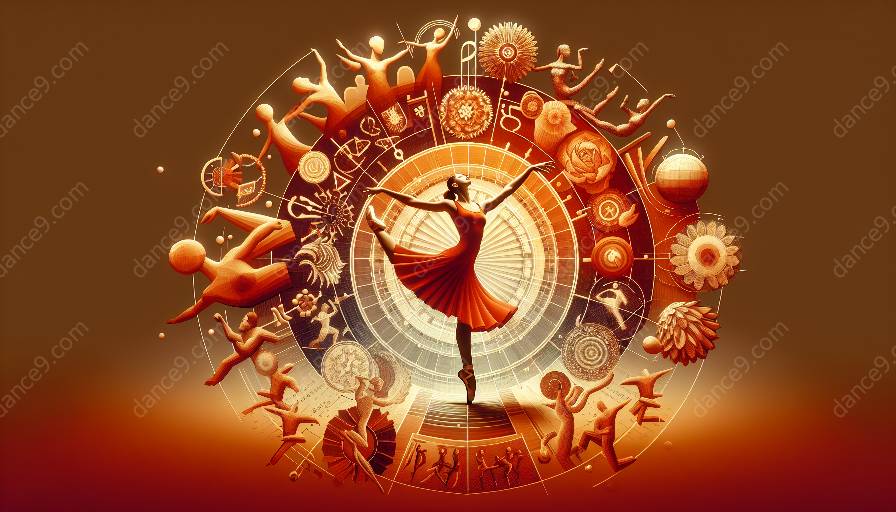Dance anthropology is an interdisciplinary field that explores the cultural, social, and historical aspects of dance. Understanding the historical perspectives on dance anthropology provides valuable insights into the evolution of human movement and its cultural significance. Through this topic cluster, we will delve into the roots of dance anthropology, its connections to dance studies, and the impact of historical contexts on the study of dance.
The Roots of Dance Anthropology
The study of dance anthropology traces its origins to the broader field of anthropology, which seeks to understand human behavior and culture. Anthropologists recognize dance as a universal form of human expression, deeply intertwined with social, ritual, and symbolic meanings in diverse cultures. From its early beginnings, dance anthropology has sought to examine the role of dance in shaping and reflecting the beliefs, norms, and values of different societies.
In the early 20th century, scholars such as Franz Boas and Margaret Mead made significant contributions to the study of dance within the field of anthropology. They conducted ethnographic research to document and analyze the diverse dance practices of indigenous and traditional cultures, laying the groundwork for the anthropological study of dance as a cultural phenomenon.
Connections to Dance Studies
Dance anthropology intersects with dance studies, a multidisciplinary field that encompasses the scholarly investigation of dance as an art form, cultural practice, and social activity. While dance studies often focus on the aesthetic and performative aspects of dance, dance anthropology provides a complementary perspective by examining the cultural, historical, and anthropological underpinnings of dance.
By integrating historical perspectives, dance anthropology enriches the study of dance by highlighting the socio-cultural contexts in which dances emerge and evolve. Through the lens of anthropology, scholars and practitioners gain a deeper understanding of how dance reflects and shapes human experiences, identities, and relationships within specific cultural milieus.
Impact of Historical Contexts
Studying the historical perspectives on dance anthropology illuminates the dynamic interplay between dance and historical contexts. Over time, dance has served as a mirror of societal change, political movements, and cultural exchange. By examining dance forms and rituals from different historical periods, anthropologists and dance scholars can discern patterns of continuity and transformation, shedding light on the enduring significance of dance in human societies.
Furthermore, historical perspectives on dance anthropology reveal the ways in which power dynamics, colonial encounters, and globalization have shaped the dissemination and reinterpretation of dance practices. Understanding the historical forces that have influenced dance traditions provides critical insights into the complexities of cultural transmission, adaptation, and resistance.
The Significance of Historical Perspectives
Embracing historical perspectives on dance anthropology is crucial for contextualizing contemporary dance practices and engaging with issues of cultural representation, appropriation, and preservation. By delving into the historical dimensions of dance, scholars and practitioners can cultivate an informed and culturally sensitive approach to the study and practice of dance.
Moreover, historical perspectives inspire critical reflections on the narratives and meanings embedded within dance forms, enabling a more nuanced understanding of the cultural values and social dynamics embodied in diverse dance traditions. By recognizing the historical trajectories of dance, individuals can appreciate the rich tapestry of human movement expressions and the resilience of dance as a living artifact of human history.

















